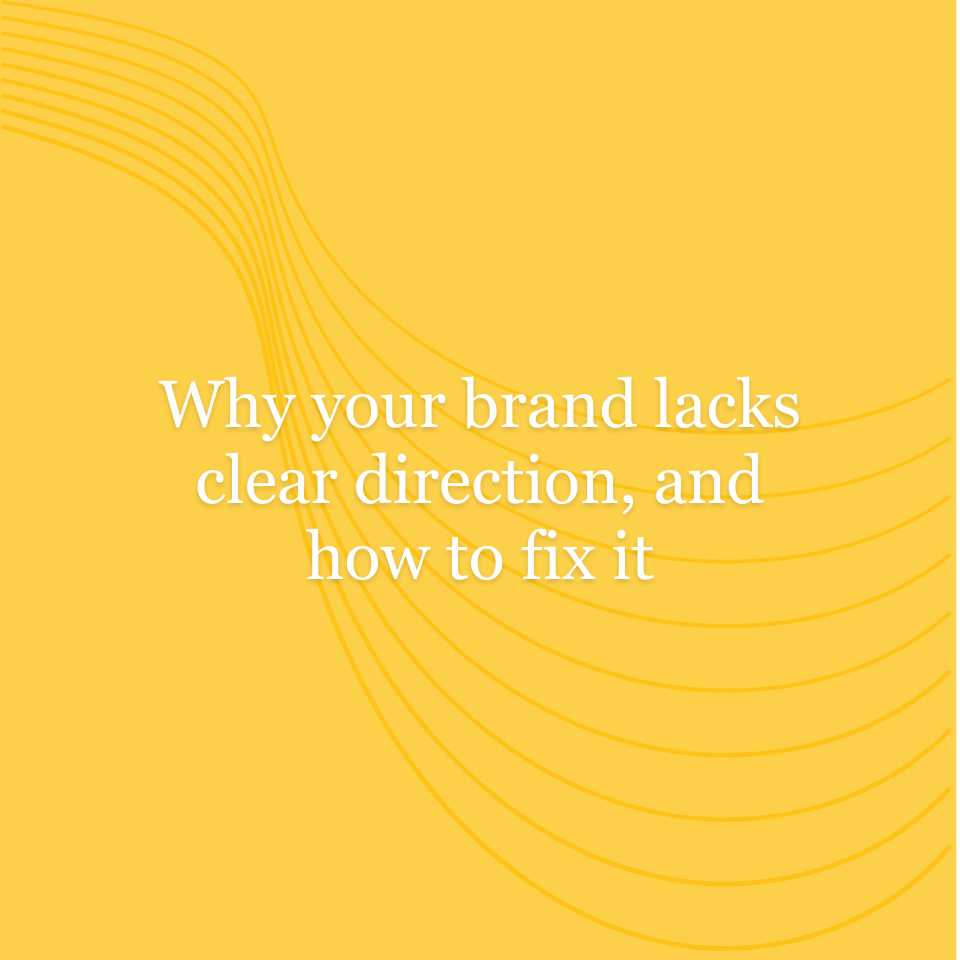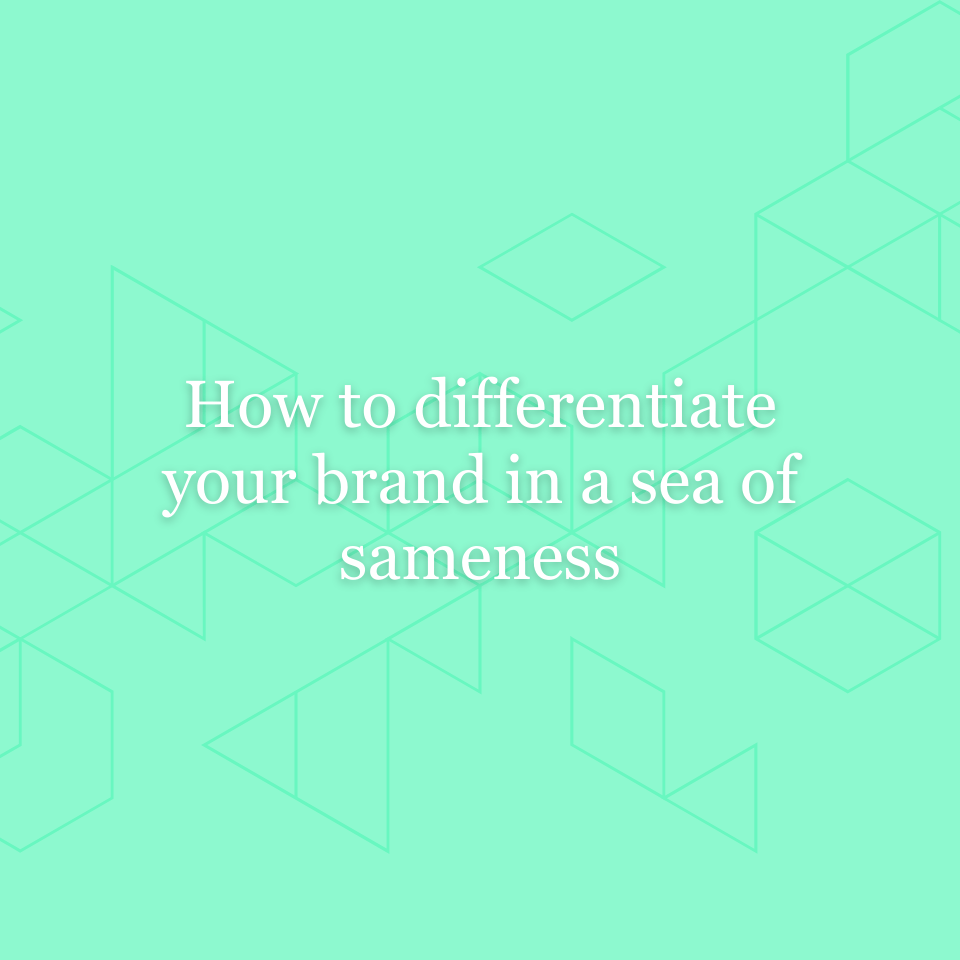Modern Brand Principle #6: Speak directly, emotionally, and authentically
Storytelling is particular to humans. It’s how we’ve thrived and come to dominate other species. It’s how we understand issues and points of view. Storytelling helps us find empathy and alliance with ideas, people, and, yes, with brands.
Brands today have to operate on purpose: what do you stand for to your customers? What are you out to solve or resolve in the world? This need not be a lofty idea; it can be as simple as making fast food not just speedy but good for you, too. Or, it can be as lofty as creating sustainable individual transportation. Arriving at a purpose can often be as simple as getting in touch with the founder’s impetus for starting a company in the first place. In the absence of that vision, or when that vision needs furthering or evolving, brands can use a storytelling framework to identify a true and meaningful purpose.
What are the components of a good story? There’s typically a hero of some sort – a protagonist. There’s always a dilemma – two opposing forces or tensions that need resolving. And, there’s other leitmotifs or themes that help charge the story with currents of relevance.
Who is your brand protagonist? It’s not you. It’s not your product. It’s your customers. Method household cleaners has publicly named theirs: people against dirty. Finding your brand protagonist involves identifying who your customers are at a macro, psychographic level. This isn’t your specific target audiences against which you purchase media or create messaging for highly targeted marketing or sales. Instead, this is the common thread of emotion or attitude or drive that runs through all your audiences and makes them (or will make them) fans of who you are and what you do in the world, and for them.
What is the dilemma you solve? Look around your category, and in the culture of the people you’re selling to and serving. What tensions exist? A tension is two opposing forces, both important, creating a seemingly unresolvable conflict. A real dilemma. For Method, their original dilemma was the tension between wanting absolute clean and wanting to do no harm – earth-friendly cleaning products were notoriously not very good at cleaning. Method became the brand that resolved that tension. Since its inception, Method has seen many new entrants to its category. Now, its dilemma has shifted… the new dilemma it solves can best be captured by “clean earth products vs. beautifully designed products,” and once again Method brand products resolve this tension and deliver both.
What is your purpose? This is how you solve the dilemma for your protagonist. For Method, their purpose is “a clean, green, colorful world.” The sentiment is similar to a quest or a mission – you’re out to resolve a pressing issue. This becomes a filter for everything a company does, and everything is says or expresses.
What are your brand themes? Understanding the themes that run through the story of your category, your culture(s) and the lives of your customers can help you flesh out your purpose and understand how to bring it to life. Once again, for Method those themes are: beauty, sustainability, (cleaning) power, transparency, and health + safety. Identifying those threads through talking with your customers, understanding the value of your product(s), and understanding the category gaps and must-haves will help you be dynamic in your voice, flexible and inclusive in your interactions, and innovative in what you do next – while keeping your brand within the guardrails of what’s authentic and meaningful.
At Northbound, we pride ourselves on helping our clients build purpose-driven brands. If you’d like to work with us on finding your brand’s purpose, please contact us! We would love to hear from you.





